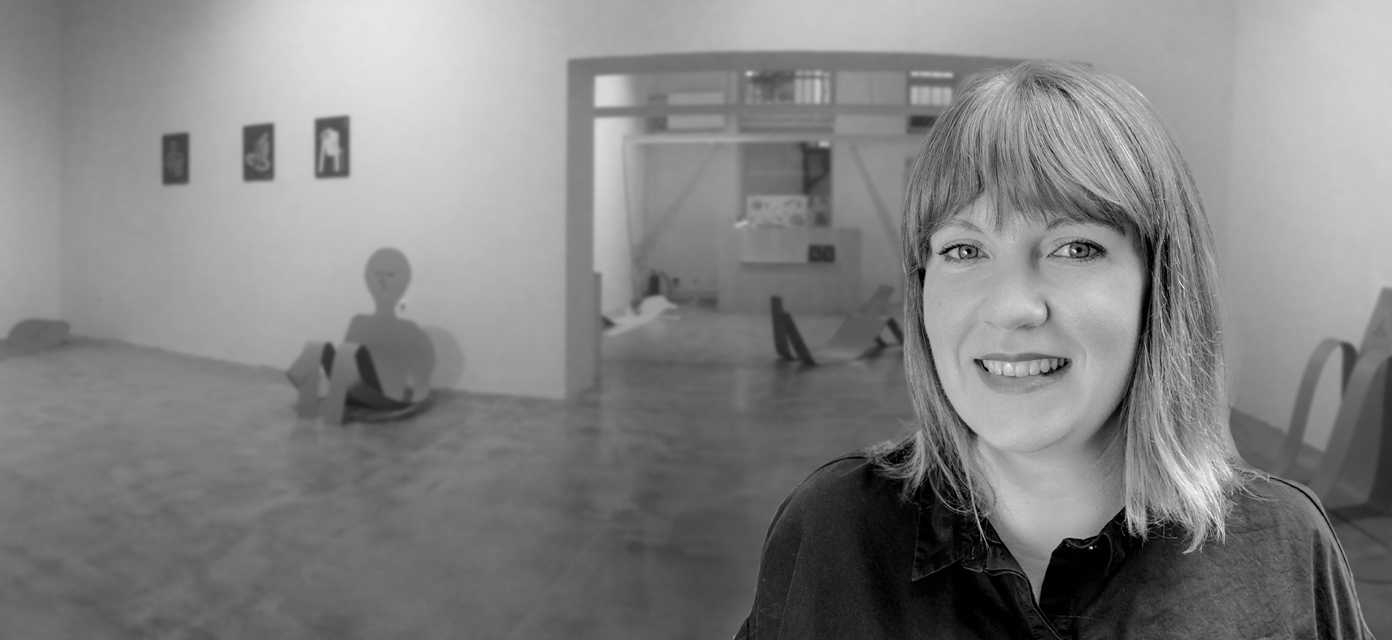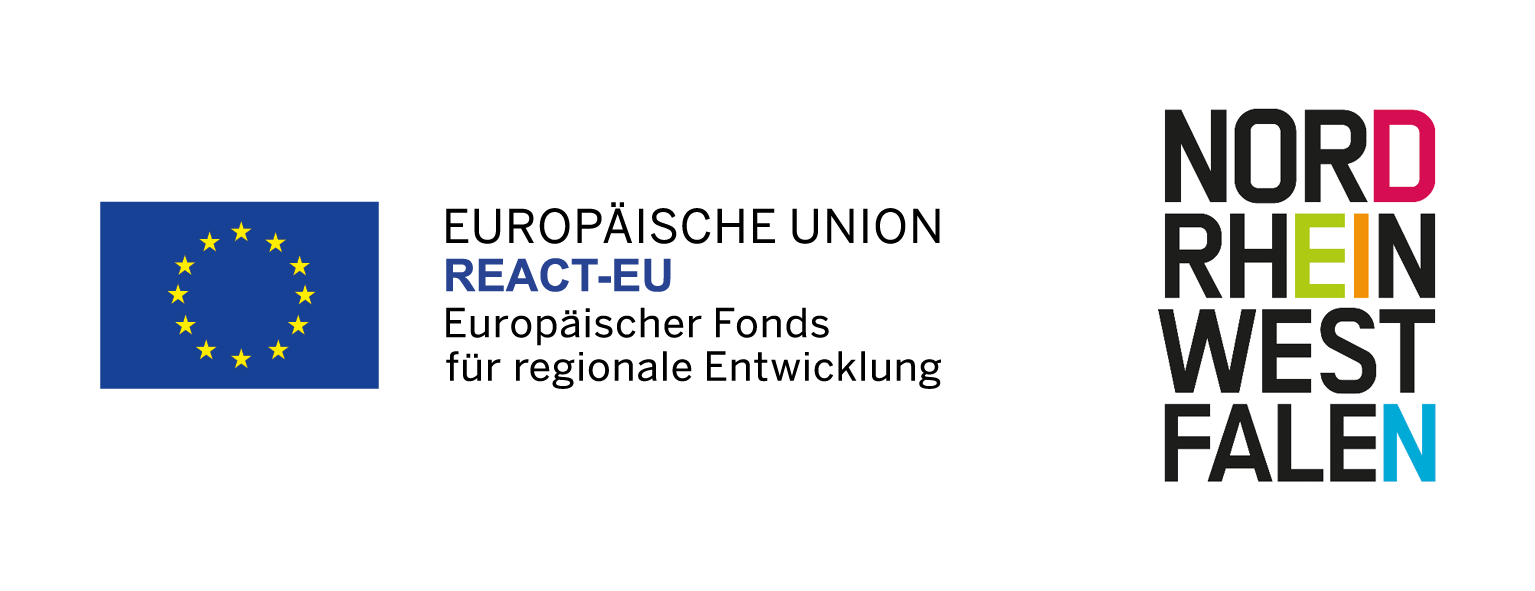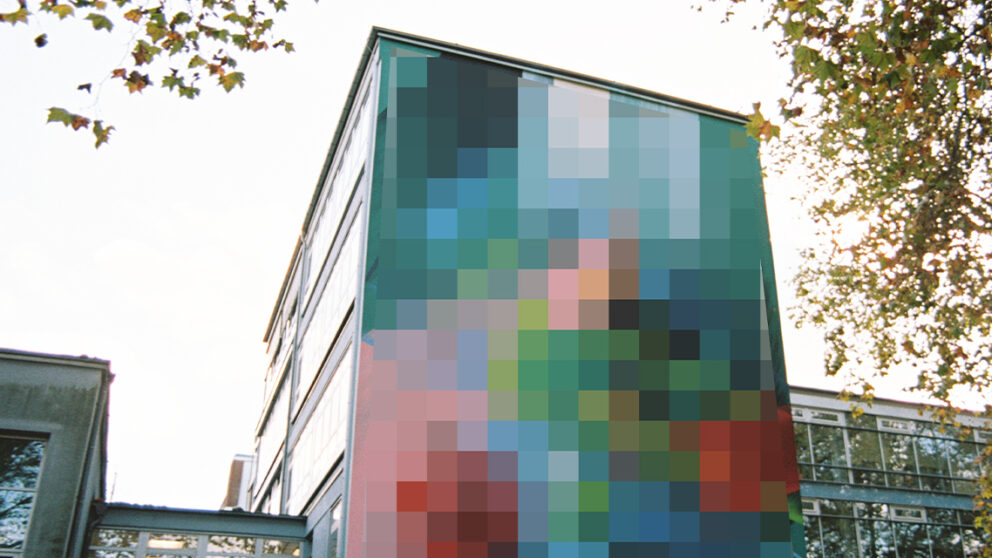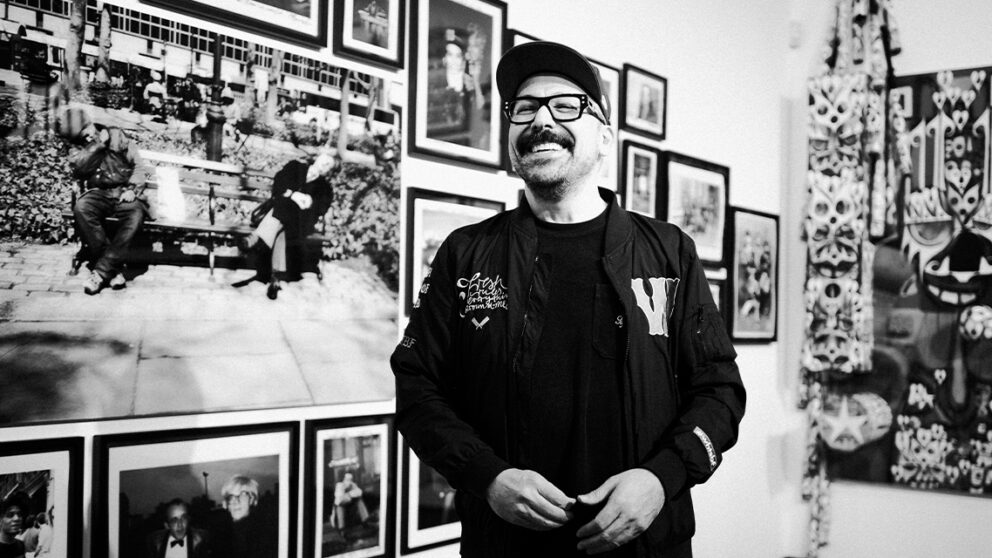
Interview with Nina Bienefeld

Interview with Nina Bienefeld
Would you like to tell us a few sentences about yourself by way of introduction? What is your name? Where are you from and what do you do?
My name is Nina Bienefeld, I am a curator and gallery owner who grew up in the Lower Rhine region. After studying visual communication in Aachen, I moved to Düsseldorf. Here I have been living with my family at Fürstenplatz for 20 years.
In your opinion, to what extent does work for "out there" differ from work for galleries and other indoor spaces?
Work in urban space is not planned for the long term. Will the house with the mural still be standing next year, will someone have pictures or tags removed from the house wall or the garage door? Street artists plan for that. If they decide to show their works in galleries and enter the art market, this thought is not applicable.
What motivates you to exhibit art and thus make it accessible to other people and inspire them?
Running a gallery has made me confident in predicting trends or currents. Some young artists had their first artistic experience with spray cans on the street. Helping them to exhibit in a gallery and grow from it was something I enjoyed doing. The interface or the transition is what interests me.
Art in urban space is ephemeral and often only visible for a short time. How is that appealing to you?
It's simply exciting; the mysterious and not always legal game has its appeal. For me, a short message, a political statement or even the subversive communication between the artists is part of the cityscape.
In street/urban art exhibitions, it is often an important point for artists to successfully transfer the feeling of the street into a closed gallery space. In your opinion, is this absolutely necessary?
Not at all. I also think that street artists don't have to take a reference to your street art. Artists can be socialized with street art and, for example, go completely different artistic paths after studying at an academy.
The transport from the street to the screen doesn't always work out well for me either.
When an artist becomes known with a certain symbol or image, it inspires me to discover it on a wall somewhere in the world, but not necessarily framed on the wall in my home.
Where do you get your inspiration from?
Instagram, for example, is a good platform for artists. In terms of street art, of course, traveling and visiting museums and exhibitions in general.
What makes a perfect place for works in the city? How important is the interplay of environment and motif for you when you look at the works?
I often experience that the industry uses artworks by artists and does not give them as a reference, for example, shoot a commercial in front of a painted wall, or the other way around, that artists paint walls in public space on behalf of companies to advertise a product. I like what I just said better: I walk through the city and discover something that wasn't there last week and for which the artist took a risk to show me the picture. I like that.
Many artists work with a pseudonym instead of their real name. Can you tell us more about the backgrounds?
Absolutely not 🙂
What do you associate with Düsseldorf?
Düsseldorf is a good location with neighboring cities and countries within easy reach. The city rightly maintains its status in the art world to this day, despite all provincial colorations.
Are there artists or people (whether urban art, music, architecture, Köbes ...) from Düsseldorf who have influenced you?
In my career, especially in Düsseldorf, people have been nothing but benevolent and supportive. The also well-known music and club scene of Düsseldorf fertilizes the art scene and vice versa. There are many to name, but someone like Philipp Maiburg has often put visions into practice and enriched the city extraordinarily.
Are there any other places in Düsseldorf that you should definitely visit?
THE DORF has summarized all the highlights well.
Thank you very much!




